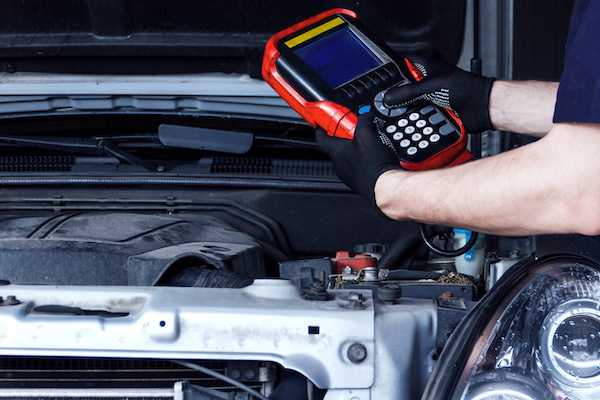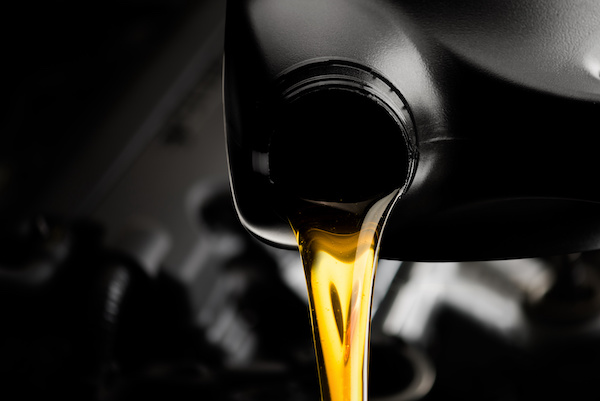Posted on 2/25/2022

Nearly all automobiles on the road today have an advanced computer that keeps in contact with the various sensors and electronic devices built in your car. Whenever the computer detects an error within your vehicle, it will trigger the check engine light that comes on your dashboard. This entire complex process is generally known as onboard diagnostics. A professional technician must run a diagnostics test to pinpoint why your check engine light may be on. To start, they will have to plug an OBD scanner into your car's computer to read and interpret the area codes. At Autotrends, we offer diagnostic services and have specialists who have years of experience in diagnostic codes and translations. Our team will start off by locating and connecting to your OBD-II port, which many can find in mostly all vehicles today. Whenever a diagnostic is run, you'll receive codes that look like these: "P0301" or "B-1402." These s ... read more
Posted on 1/31/2022

As you may know, your car’s engine and transmission have many moving parts, all made of metal. As a result, friction and heat are produced. To prevent your automotive parts from premature wear and tear, your car needs proper lubrication from motor oil and transmission fluid. Getting fluids changed and flushed is an essential part of vehicle ownership. The less friction there is, the longer and smoother your automobile will run. Below are some fluids to help your car stay happy and hydrated: Engine oil – Motor oil should be replaced every 3,000 - 10,000 miles, depending on the recommended interval and type of oil you use. Each vehicle's interval can vary depending on make, model, and age. Fresh and clean oil should be amber in color and have a smooth consistency. With advancements in the automotive industry, motor oils can be engineered to withstand extremely high engine temperatures and friction. Some of them even have additives to help prevent corrosion, maki ... read more